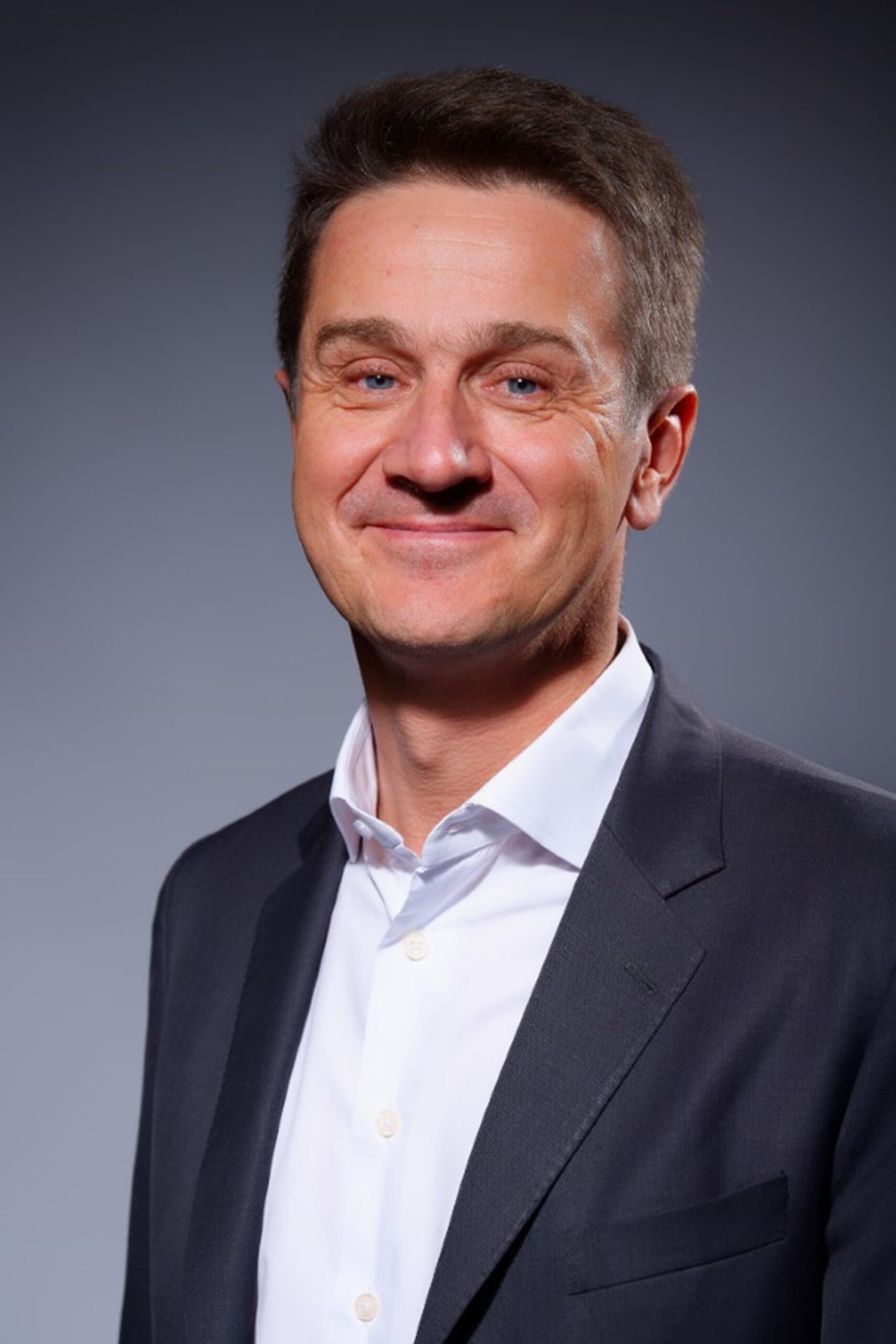President and CEO Philippe Delorme of KONE (www.KONE.com), a global leader in the elevator and escalator industry, is visiting the Gulf Cooperation Council (GCC) region following the launch of KONE’s new global strategy ‘Rise’, to discuss how digital and sustainable vertical transport innovations are critical in helping address the rapid growth across the GCC.
“With urban populations in the Gulf countries projected to rise by 20% by 2030, there is an enormous need in the region to build better and more sustainably. In GCC, this is currently translating into unprecedented investments in infrastructure, smart building technologies as well as an increased demand for more affordable housing,” Delorme explains.
“With our new global strategy, KONE is in a unique position to support the building industry and our customers in the region. We are focused on the opportunities rising from digitalization, residential development, urban renewal, and sustainability, and this is perfectly aligned with the growth and transformation we are seeing across the GCC”.
KONE has had a presence in the Gulf region since the late 1980s. It now has a 3000+ strong team across the region with offices in UAE, Saudi Arabia, Qatar, Bahrain, Oman and Kuwait. KONE has been a trusted partner for providing people flow to some of the most iconic landmark buildings in the region including Royal Makkah Clock Tower in the Kingdom of Saudi Arabia, Wasl Tower and Burj Binghatti in Dubai, UAE.
“GCC represents a key market for us in our mission to advance sustainable and connected urban future. Considering the changing demands in the infrastructure, residential and technology front, our team is excited to explore new areas of collaboration in the market,” Delorme adds.
Introducing KONE High-Rise MiniSpace™ DX: KONE’s latest innovation for towering developments
With nearly 50% of the region’s buildings classified as high-rise, the GCC is a strategic test bed for KONE’s mid and high-rise innovations. To meet the needs of the constantly evolving high-rise sector in the GCC, KONE is excited to introduce the upcoming KONE High-Rise MiniSpace™ DX solution to the market.
This next-generation high-rise technology is specifically designed for buildings over 300 meters tall, and its features include:
- Optimized vertical footprint: Reduced vertical footprint increasing design freedom and lowering construction costs.
- Reduced energy consumption: Significantly lower energy consumption with KONE UltraRope® and advanced call allocation.
- Reduced carbon emissions: Lower carbon emissions throughout the elevator’s lifecycle.
- Improved availability: Less maintenance required, ensuring better availability through durable hoisting and intelligent predictive maintenance.
- Connected to cloud: Offering flexible and adaptable elevator design for the best building today, facilitating easier upgrades in the future.
“This is a game-changing technology bringing remarkable value to our customers through energy savings, lower carbon emissions, increased design freedom and a simplified construction process,” Delorme explains.
Supporting infrastructure modernization
In addition to providing advanced technologies for new developments, KONE is actively engaged in supporting GCC’s growing infrastructure investments through tailored modernization solutions. With its deep understanding of building lifecycles and evolving urban needs, KONE offers modernization services designed to extend the life, efficiency, and safety of existing buildings across the region.
Modernization also helps buildings become digitally connected. By leveraging data analytics, faults can be predicted and addressed promptly, reducing downtime and optimizing maintenance schedules.
“Connected elevators and escalators and their data play a key role. By modernizing ageing elevators, which typically represent 2-10% of a building’s energy use, KONE can reduce elevator-related energy consumption by up to 70%,” Delorme explains.
The connected devices thereby can not only improve elevator performance but also reduce the need for unnecessary technician visits, resulting in reduced emissions from travel and improved overall efficiency.
“To simplify: with our help, buildings and cities will become more sustainable and also easier for people to get around, even as the population increases,” Delorme sums up.


